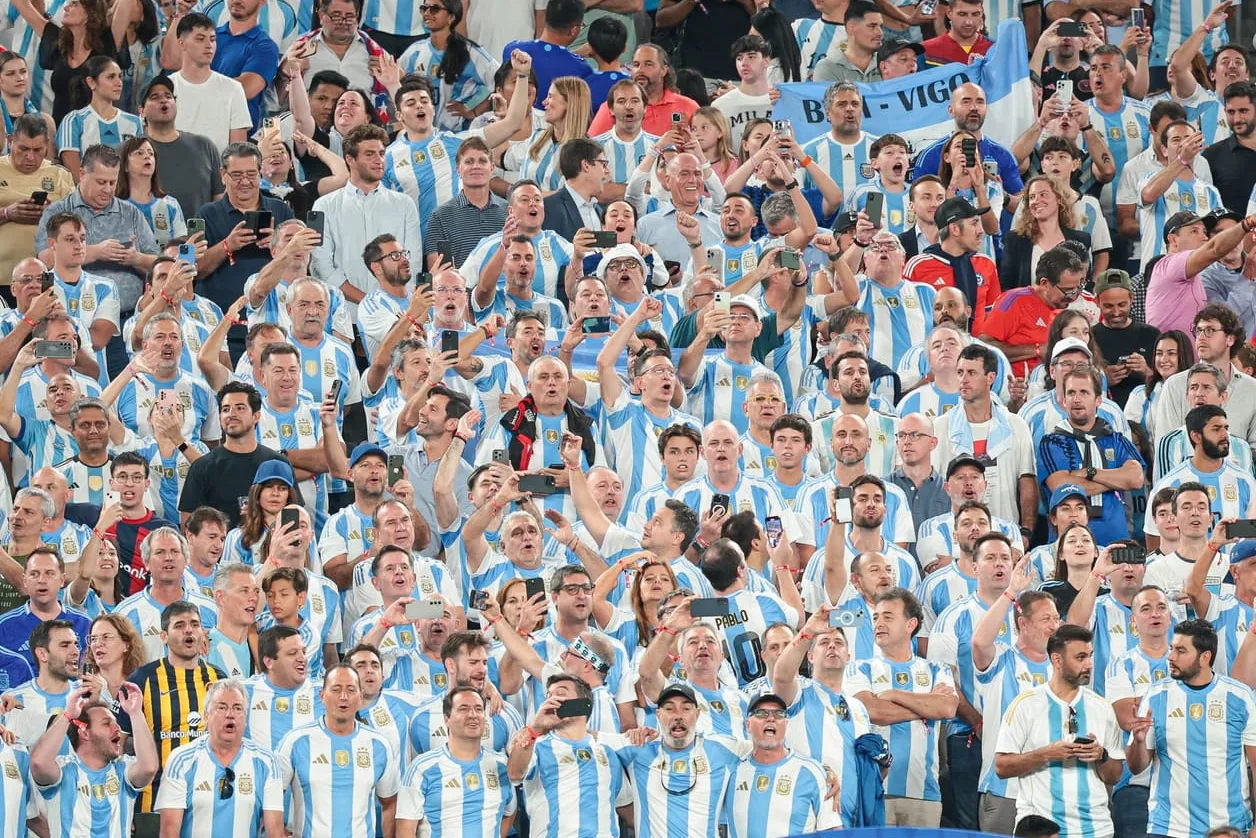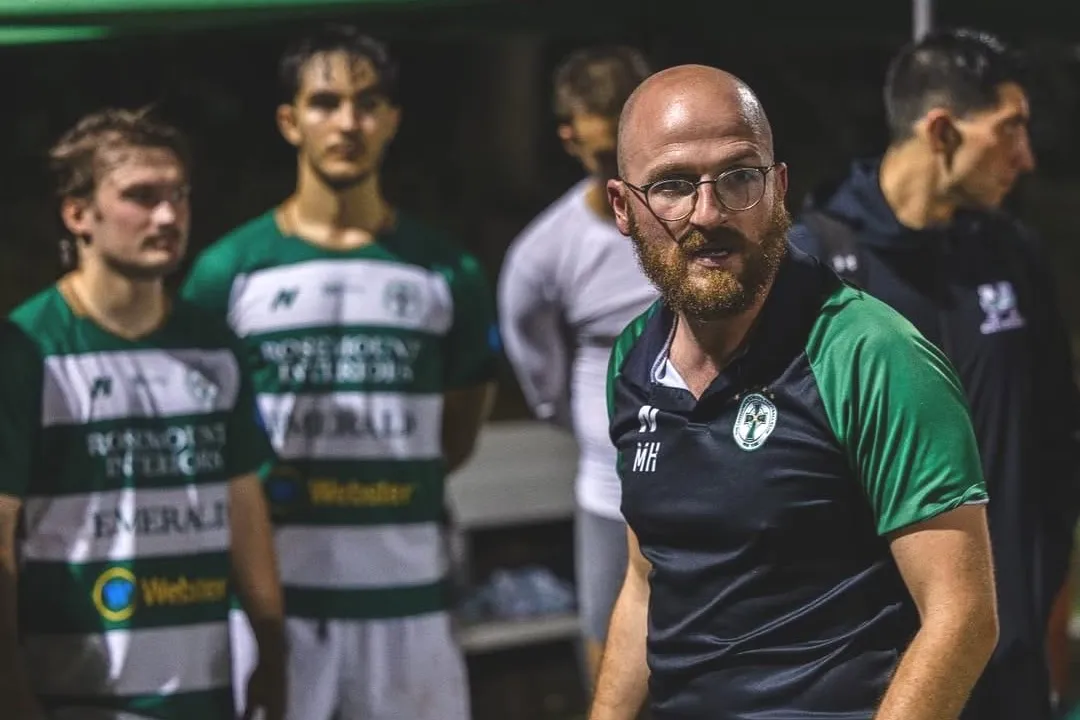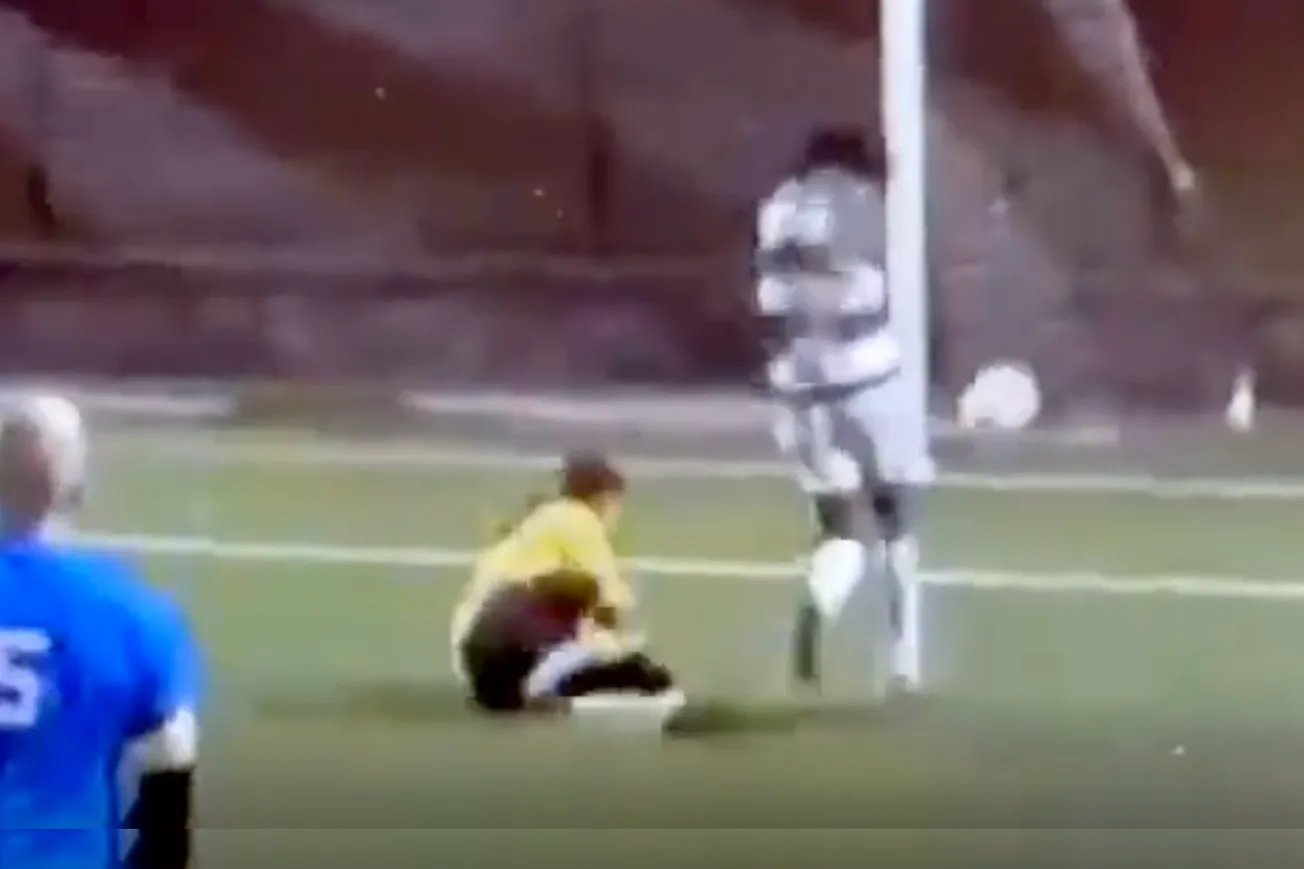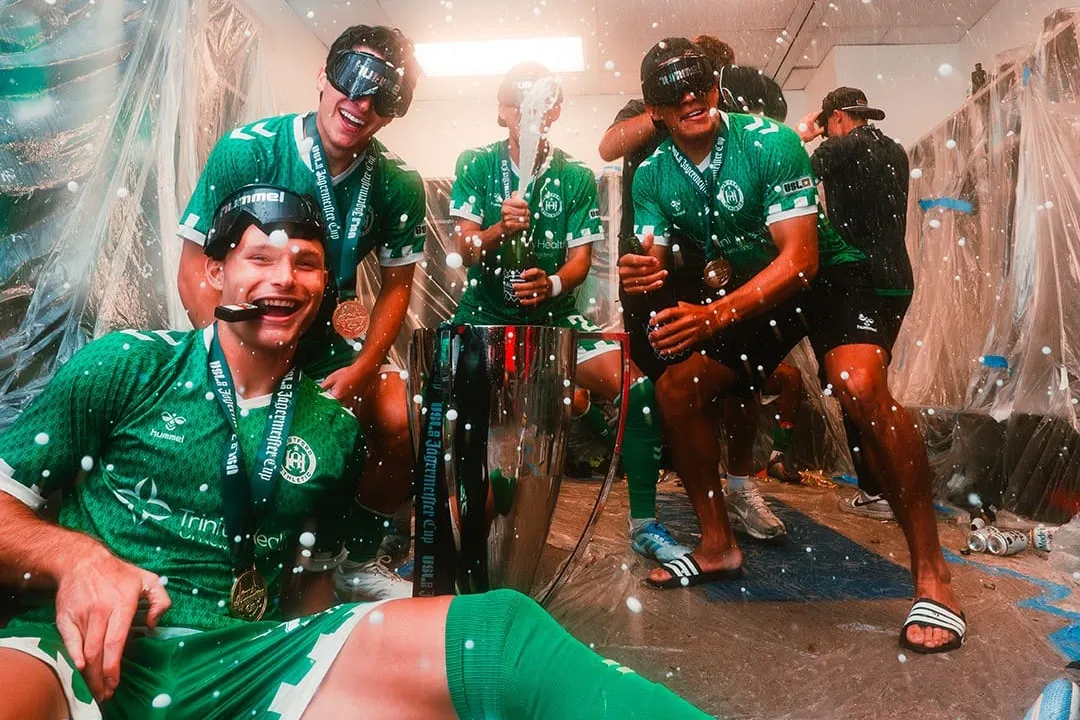Last night’s Copa América match between Argentina and Chile at MetLife Stadium was a near sell-out, with an announced crowd of 81,106 fans in attendance. The Group A group stage game between two of South America’s best teams gave us a taste of what is to come when the 2026 FIFA World Cup rolls into town — and how to do better.
The 2024 Copa America only has three games in the swamps of Jersey. The first of which was this huge clash between the defending World Cup champions and their golden star, Lionel Messi, and a Chile that failed to qualify for the last two World Cups.
The hype was no surprise. This wasn’t just a game between two regional rivals, it was a rematch of the Copa América Finals from 2015 and 2016, both of which were won by Chile.
That 2016 Final, mind you, was played on this same pitch in East Rutherford. While Chile lifted a trophy, Messi sat on the grass and sobbed. It would be different tonight.
Another Tri-State earthquake
When you walk into MetLife’s press box ahead of any sort of event, it feels like something big is about to happen. As the tens of thousands of fans entered the stands, that anticipation became more and more realized.
The first time the stadium shook, vibrating the glass of the press box itself was during the singing of Argentina's national anthem. Most of the more than 81,000 fans were decked out in blue and white, and their voices seemed to make the building move.
Guys…
— Michael Battista (@MichaelBattista) June 26, 2024
Holy cow.#CopaAmèrica #CopaAmèrica2024 #CA2024 https://t.co/mHWyTMKqmE pic.twitter.com/RN9s1WNYXF
The energy held for the first half. It radiated through the gray, concrete structure unlike anything else. From the lower bowl with tickets priced in the five-digit range, into the upper deck where the intensity looked as though it was shaking the frame of the venue, to even the press box itself at times. (More on this later.)
Four minutes in, a huge stadium-wide chant for Lionel Messi. For a moment it felt like the stadium could burst.
Messi in Major League Soccer has jaded plenty, myself included. The commercials with Lays, Michelob ULTRA, the new Bad Boys film, and more have not helped the case. In 2023, when Messi first came to Red Bull Arena in the second half of the season, it was unlike anything I’d ever seen. Feeling like the away contingent in the media section where I’ve worked since 2019 was confusing as if part of your home is being taken away. The venue in the suburbs of Harrison was sold out, and the crowd chanted for a man I’d only played in FIFA before. Messi made a substitute appearance in that game and went on to score his first-ever MLS goal.
Last night at MetLife was finally the chance to see Messi in his world instead of him stepping into mine: It was going to the Megachurch instead of running into a traveling congregation outside of your office. And with between 90% of the crowd backing Argentina, twenty-four hours after some of those fans swarmed Messi’s hotel room with cake and birthday well-wishes, it did feel like a sermon of sorts.
It's good that the fans in attendance were amped because the play on the field was one-sided in favor of their guys. Chile looked completely overwhelmed. Any chance to take the ball into the Argentine end was muffed in the midfield. But this outmatched Chile were doing what it does best: Frustrate their opponents. The press isn’t working on offense? Lay back and commit calculated fouls to throw off your foe enough to get to halftime.
That worked, to the annoyance of the crowd.
$115 million super-sub
Things had seemingly settled going into the second half. The outnumbered Chile fans had realized their plight. The hard tackles against their opponents, especially Messi, got the biggest pops out of the red-wearing crowd. Argentine players chirped the officials, including Messi himself who could be seen on replay saying “dos faltas” to referee Andres Matonte.
The tension was building. MetLife had become a powder keg.
Argentina were still in need of a goal. The team wanted to lock their spot into the knockout rounds of the tournament while dealing a huge blow to Chile.
Meanwhile, New Jersey State Troopers were busy during the match. By the end of halftime, all of MetLife’s holding cells were already full. The stadium’s security staff were responding to calls of violence across the stands.
Outside of the view of Fox cameras, violent clashes broke out. Some of this will always be expected at high-stake international matches, though.
As the game wound down, it started to feel anti-climatic. Argentina manager Lionel Scaloni brought on Angel di Maria and Laturo Martinez in the 73rd minute, but neither made much of an impact at first. Argentina had taken its foot off the gas pedal, and a Chile that hadn’t taken a single shot during the first half forced three saves from goalkeeper Emiliano Martinez.
In the 88th minute, Argentina took their 11th corner kick of the night, and it looked as though it would be cleared away like the others. Instead, Martinez scored a late winner that brought the MetLife crowd to their feet.
If you had any doubt about the talent of this Argentina team, remember that Martinez, who was the 2024 Golden Boot-winner in Serie A for Inter Milan, was given the role of super-sub in a double switch that took off Juián Álvarez, who scored 19 goals last year for Manchester City. There are few national teams that can bring on a $115 million player from the bench.
In that winning moment, Argentina exorcized a demon. On the same field where two missed penalties prevented them from winning the Copa America in 2016, La Albiceleste beat the same team who had handed them that defeat. The future of the 2022 World Cup winners, even with an aging Messi at their heart, still has a gleam.
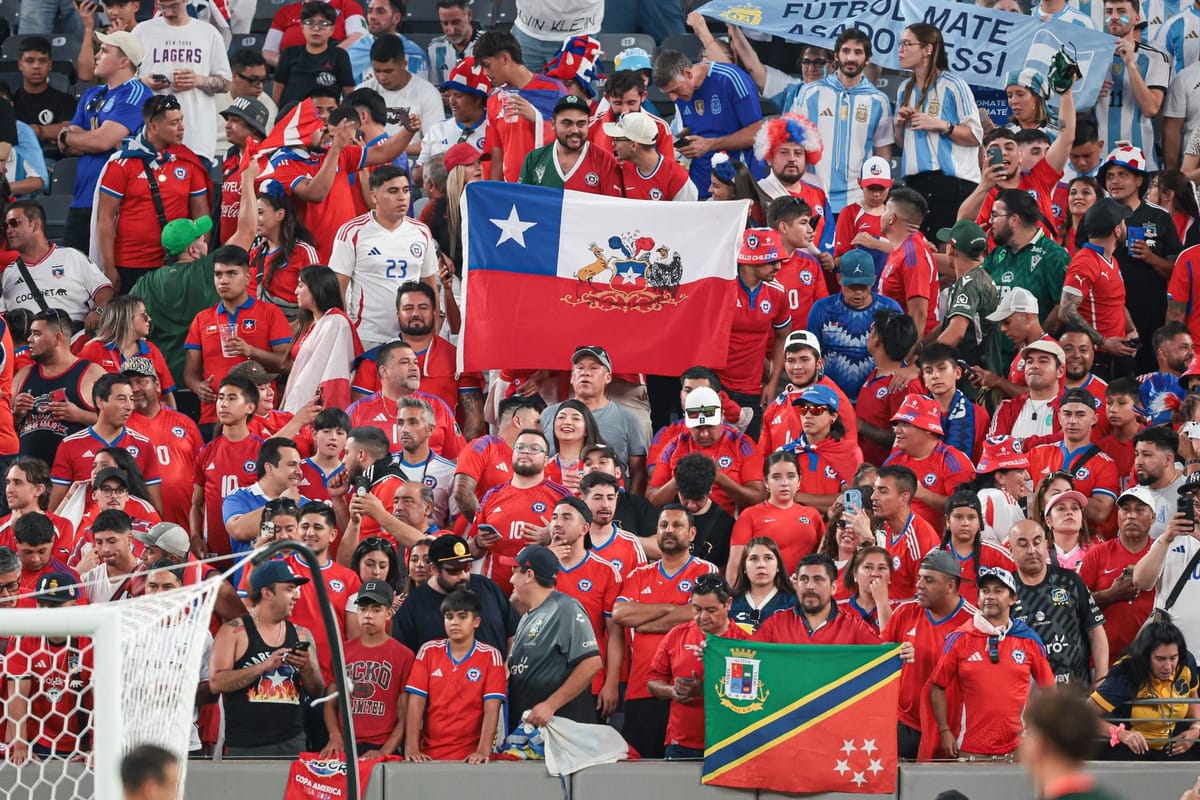
The view from the press box
The only major negative to the night was CONMEBOL itself. The South American soccer federation looked overwhelmed and underprepared for Tuesday’s event.
To be fair, it’s not easy to organize a high-stakes game covered by more than 200 journalists and 90 photographers. This was the first 2024 Copa América match at MetLife, and the Bolivia vs Uruguay game on Thursday will hopefully be smoother.
However, the federation has already seen struggles that members of the media made public.
Many media members were credentialed for the game but weren’t given passes for the press box, mixed zone or press conference. They told people to come at 4 pm today to sign up for a waitlist. Here is the small lobby outside the press box for that waitlist. pic.twitter.com/t4znE3yMxT
— Paul Tenorio (@PaulTenorio) June 20, 2024
There’s no need to air all the dirty laundry. Like the fact that it took almost two hours for the press to get into the stadium. Or that credentials that could have been distributed ahead of time instead were instead allocated via a waitlist, and that some members of the press were told to sit in a room while the two teams were doing their pregame warmups. Or that CONMEBOL officials failed to convey important information with members of the press or with the highly-respected communications executives from local MLS teams who agreed to help out at this event as volunteers.
Then there’s the partisan nature of some of the press corps. It's hard to think objective news reporting is being done when dozens of accredited media members are wearing soccer jerseys of the teams playing. Or sitting next to a person who slams his hands on the desk as a Chile attack tries desperately to be formed. Or, best yet, when Argentina finally does score and the press box itself bursts with joy from at least 50% of its occupants, while one very passionate content creator openly prays next to you that the VAR check calls off the goal. An esteemed member of the press corps told me “That’s just the normal when it comes to Latin American soccer games.”
However, CONMEBOL will threaten to kick you out if you take a photo of the field. Rules are rules.
Soccer is supposed to bend to the culture of the society that is the host. The prime example of that is the 2022 FIFA World Cup in Qatar. Instead, CONMEBOL brought their culture with them. When you’re in the press box, and see a writer for The Athletic sitting next to somebody with a Lionel Messi jersey and facepaint, it made MetLife feel more like El Monumental.

